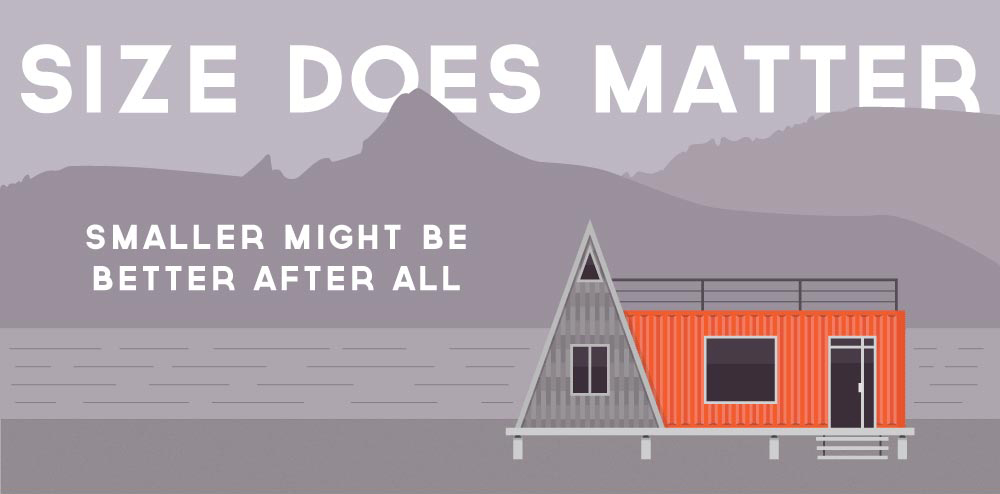Shareable loves tiny houses. Whether they are for off-grid living, homeless communities, short-term rentals, or retirement makes no difference. What matters is that they provide myriad benefits for their occupants and reverse a socially isolating and environmentally destructive decades-long trend of "bigger is better."
In the past 30 years or so, the average home size has expanded its waistband by nearly 40 percent from 1,800 square feet 2,500 square feet while the number of occupants per household has dropped. Tiny homes prove that less really is more when it comes to housing, and this infographic lists all the reasons why — like saving time, money, and energy. In terms of community building, living in a smaller space also encourages more interactions between family members or housemates. Not to mention that tiny houses can make great conversation starters with neighbors.

##
For more tiny house goodness, check these out:
11 Tiny House Villages Redefining Home









